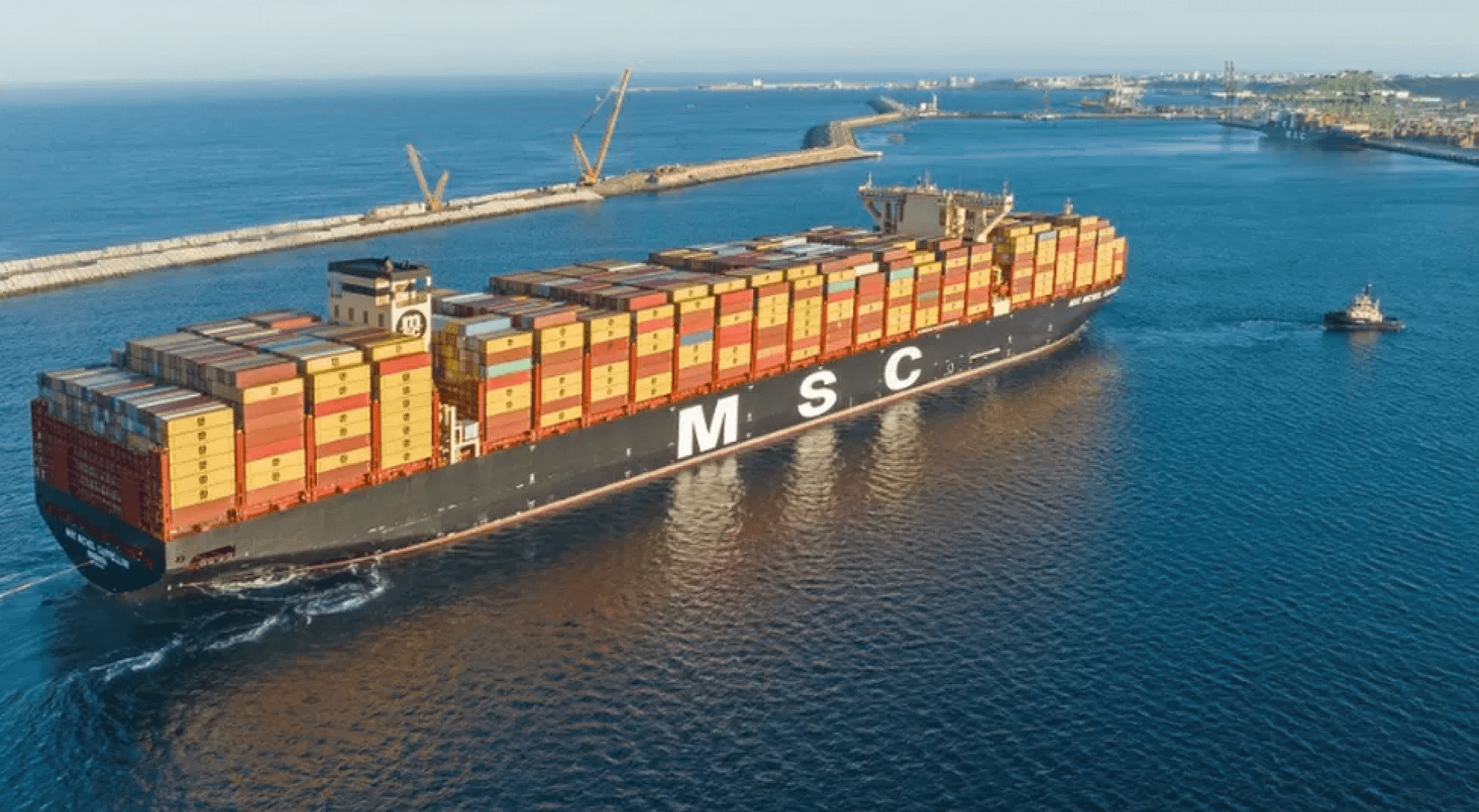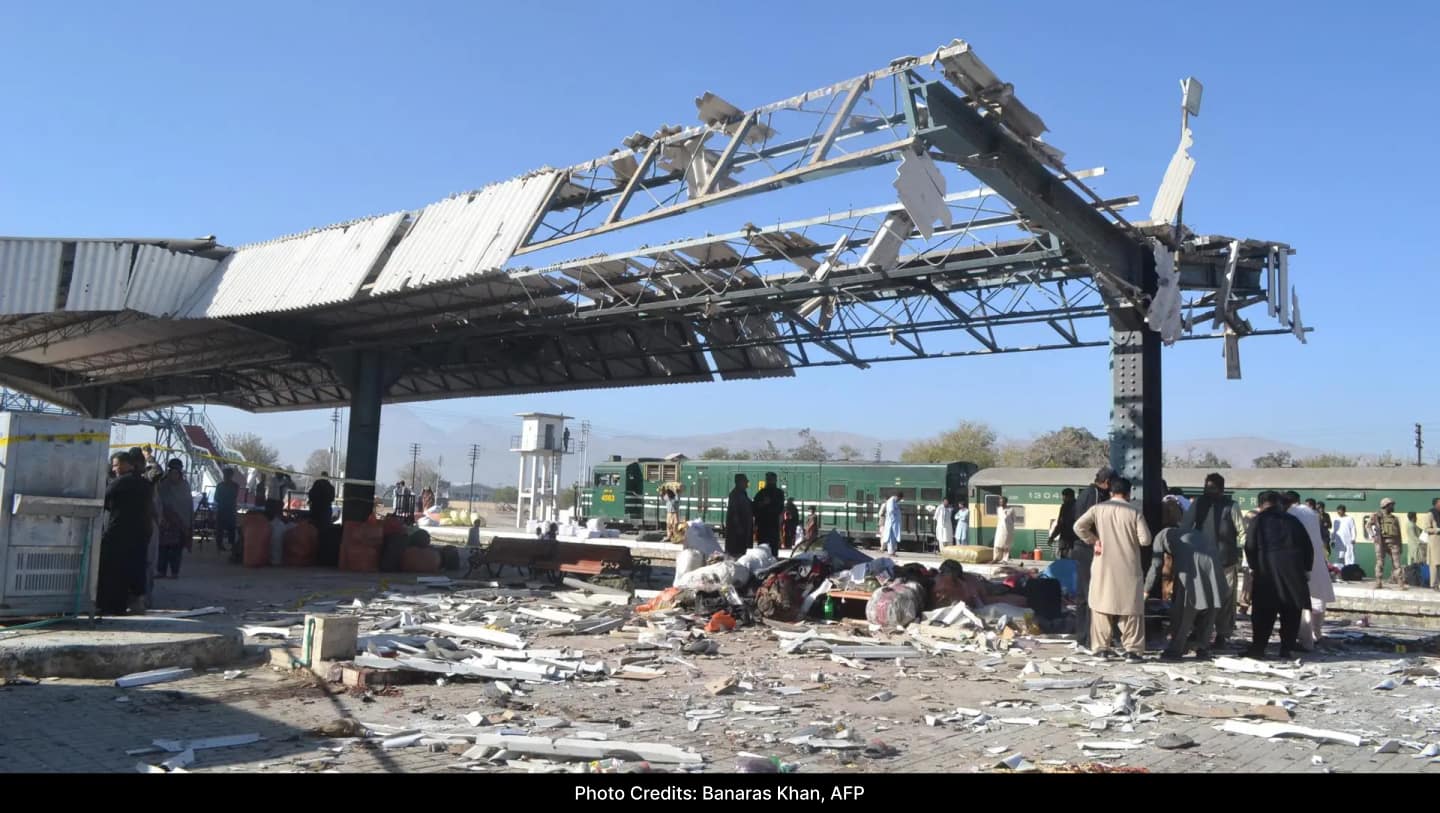The world’s largest shipping group, the Mediterranean Shipping Company (MSC), has announced that it is diverting its ships away from the Red Sea due to the increased threat of attacks.
France’s CMA CGM made a similar move a day after Danish shipping giant Maersk and German shipping company Hapag-Lloyd suspended Red Sea sailings.
This decision was taken following the attacks of Houthi rebels supported by Iran in Yemen. They say they target ships bound for Israel.
The Houthis declared their support for Hamas after Israel launched a military campaign in Gaza following Hamas attacks on October 7 that killed 1,200 people and took another 240 hostage. Since then, Israel has killed more than 18,000 Palestinians in Gaza, say Hamas medics.
The Red Sea is one of the world’s most important routes for transporting oil and fuel. But the Houthis are stepping up their attacks, using drones and missiles against foreign-owned vessels. They also launched drones and rockets at Israel. The US said on Saturday that its guided-missile destroyers shot down 14 Houthi drones in the Red Sea.
MSC said in its announcement that the situation in the area had become “serious”. It said its container ship MSC PALATIUM III was attacked on Friday as it sailed through the Red Sea. The crew were not injured, but the ship was decommissioned. Her ships were diverted via the Cape of Good Hope at the southern tip of Africa.
CMA CGM – the world’s third largest shipping company – said in a statement that it had instructed all of its container ships there “to reach safe areas and suspend their journey in safe waters with immediate effect until further notice”.
Maersk, the world’s second largest shipping company, described the situation as “alarming”.
The four companies that have now suspended operations in the area make up four of the world’s five largest – and transport experts say the decisions will be costly.
Bab al-Mandab Strait – also known as the Gate of Tears – is a channel 32 km wide and known for being dangerous for navigation. It lies between Yemen on the Arabian Peninsula and Djibouti and Eritrea on the African coast. It is the route through which ships can reach the Suez Canal from the south – a major shipping route in its own right. Avoiding it means vessels have to take much longer routes, such as sailing around southern Africa.
About 17,000 ships and 10% of world trade pass through it annually. Any ship passing through Suez to or from the Indian Ocean must enter through this route.




